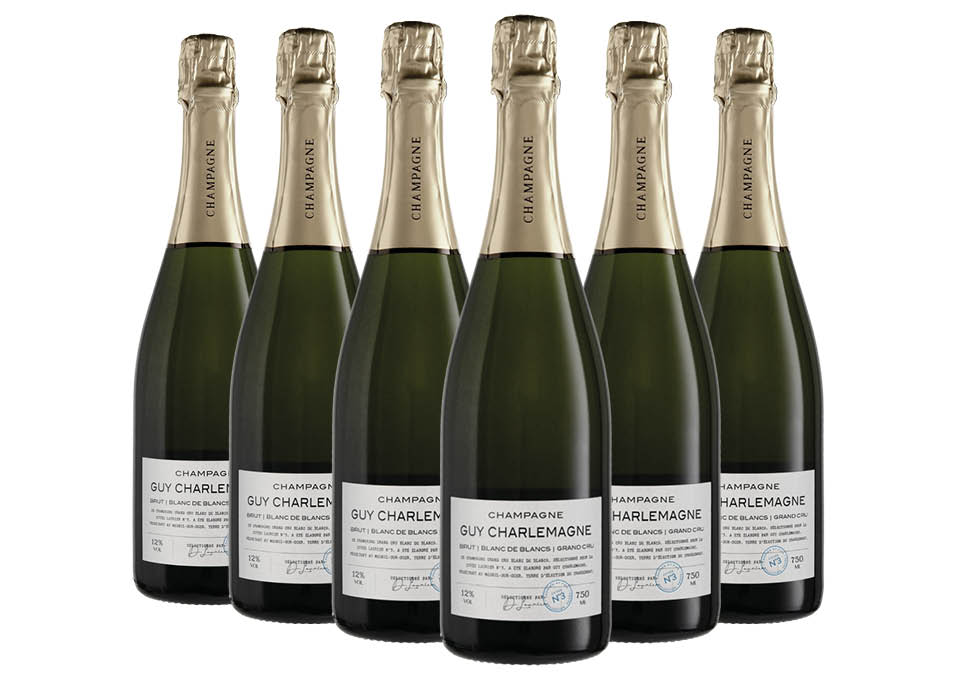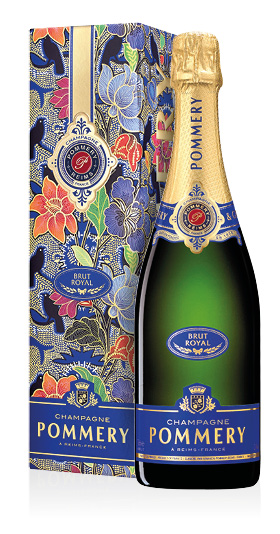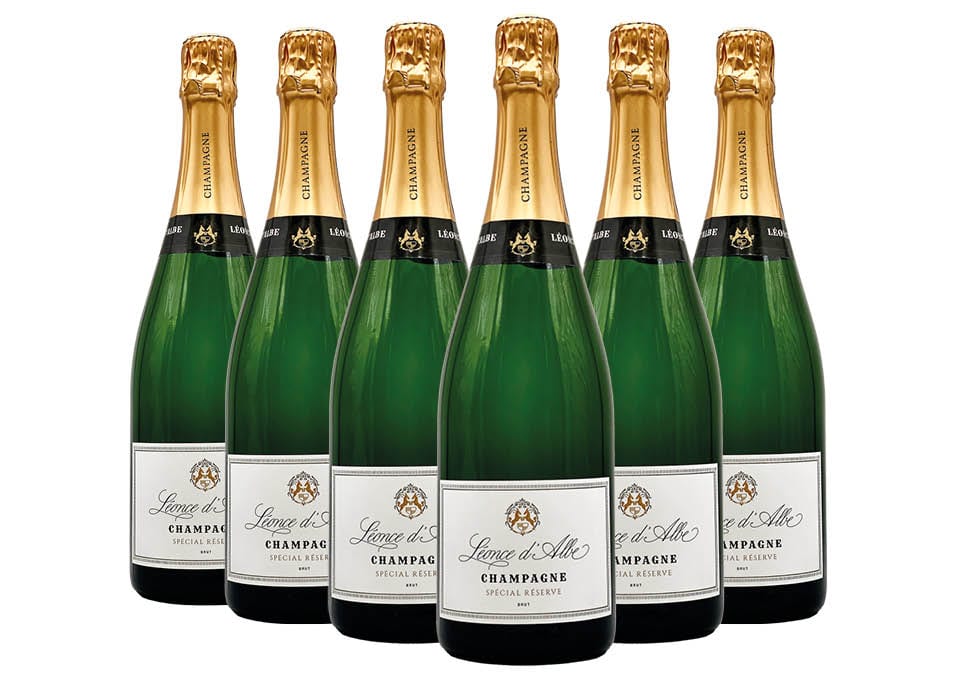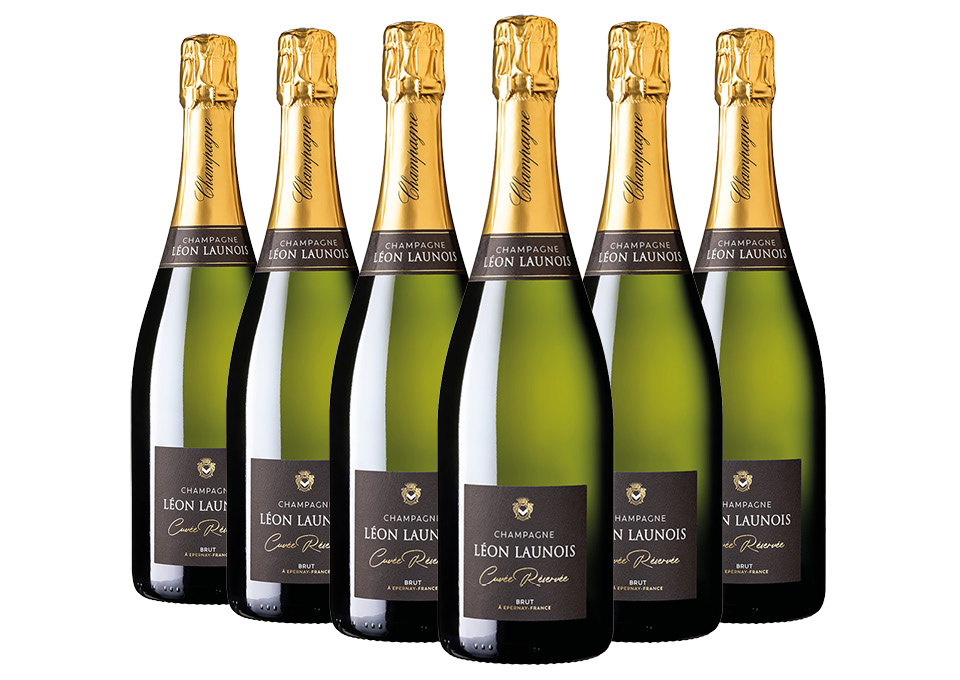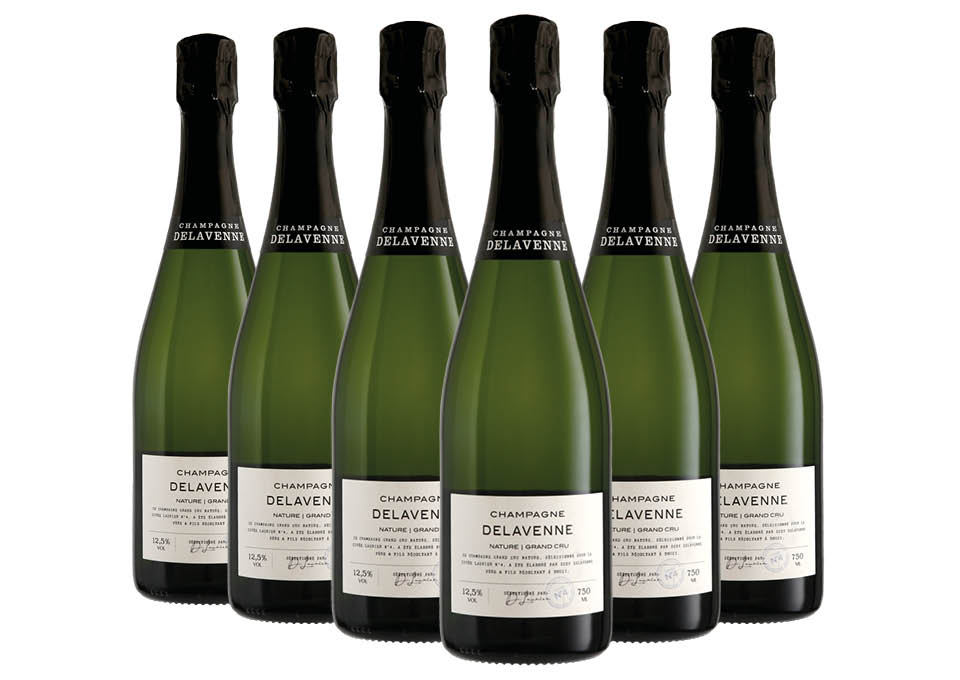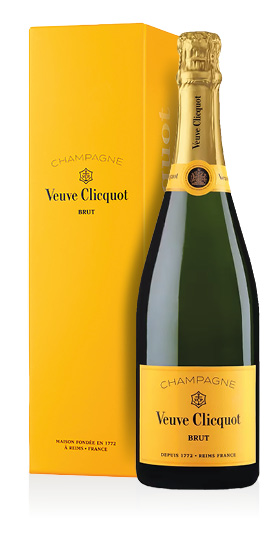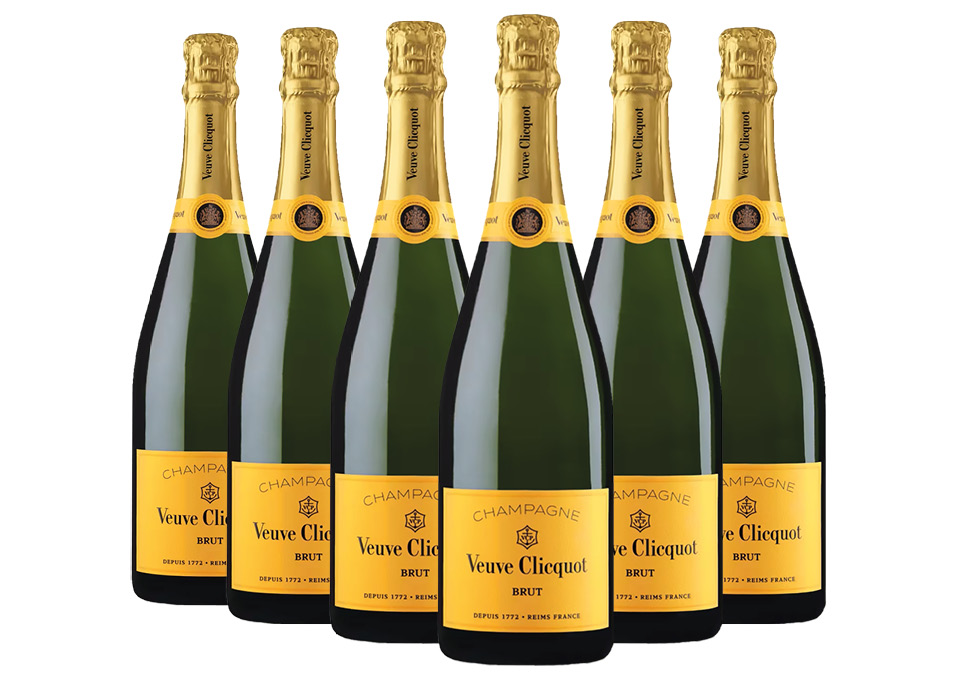Champagne
Champagne is the most famous sparkling wine in the world and the name of the wine region it comes from. The excellence of the productions, its exclusive character and the allure it has acquired over time make it an absolute model for all bubbles. Located at a north latitude of 49°, the Champagne region lies at the northern edge of the vine growing areas, with average temperatures below those of any other French wine region. In this type of climate, the grapes do not reach the optimal ripeness for a traditional vinification but give their best following the second fermentation in the bottle characteristic of the Champenoise sparkling method, known in Italy as the Metodo Classico. The varieties that compose it are generally pinot noir, pinot meunier and chardonnay but the varieties pinot blanc, pinot gris, petit meslier and arbane are also allowed in small quantities. The choice of the main grape varieties to be used for the production of champagne depends solely on their ability to adapt to this terroir and on the important results they are able to guarantee, among the few varieties able to settle in such a cold and humid climate. Each of them makes its own contribution in terms of quality and characteristics: the pinot noir structure and aromas of black fruits, the pinot meunier acidity and fruit, the Chardonnay elegance and finesse, but also a perfect creaminess. Champagnes differ from each other in color, degree of sweetness, grape variety or in the fact that they are produced from a single vintage, in the case of vintage, or from several vintages, for champagne sans année. We can speak of Champagne Blanc de Noirs if obtained only from black berried grapes, Blanc de Blancs if only from white berried grapes. Champagne Rosé owes its rosé color from the blend of red wine and white wine that make up its cuvée. The Champagne Grand Cru and Premier Cru are those produced in the best and most prestigious vineyards of the region. However, the name of the maison, producer, is what determines the greater or lesser reputation. The particular soil also contributes to determining the exclusivity of these bubbles, with a chalky structure with a much finer grain than the calcareous soils of other French wine-growing regions and porous. This particular conformation makes the minerals more easily absorbed by the roots and provides excellent drainage. This permeability allows access to water resources far below, favoring strong root development and ensuring a continuous water supply. Even within this relatively coherent and constant terroir, there are variations in terroir and climate that make the different areas more suited to the needs of the three main grape varieties. La Côte des Blancs, aptly named Côte des Blancs - and in particular the Côte de Sezanne - is where the best chardonnay sites are found, while the Montagne de Reims and Vallee de la Marne are ideal for pinot noir and pinot meunier.



